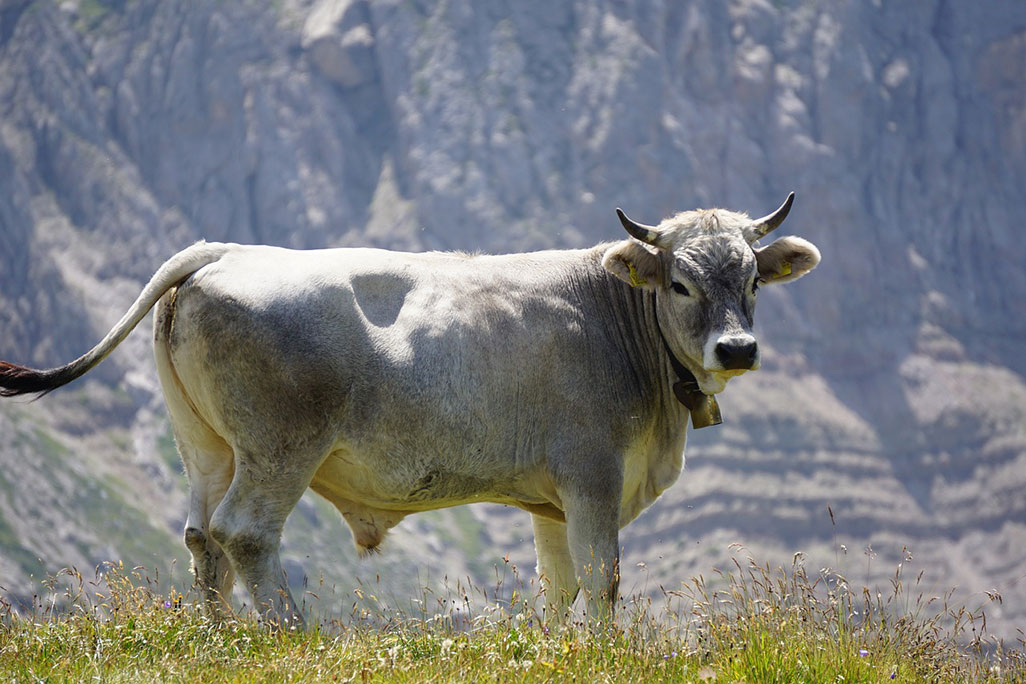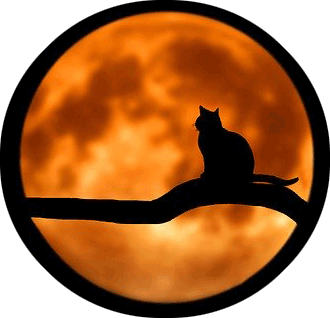
When the Sun moves into Taurus the most joyful time of the year is upon us! Everything is lush and green and bursting into flower! The birds are busy singing their love songs and building nests. All of nature is celebrating the arrival of spring.
Taurus is the second sign of the natural zodiac, but from about 4000 to 2000 BC it actually marked the all-important Vernal Equinox. (The Vernal Equinox is the point in time when the Sun crosses the celestial equator going north. On this day, day and night are of equal length. Thereafter, until the Summer Solstice, the days are getting longer, in the northern hemisphere and shorter in the southern hemisphere.) Using the map of the heavens to time the agricultural calendar with its corresponding rituals, festivals, and celebrations, was of utmost importance to the early farming communities.
Back then, Taurus, the Moon-Bull was sacred to the Earth Goddess. He symbolizes both virility and nurture, joining within himself the solar and lunar principles. Thus, the sign of the bull is a symbol of spring, of the eternal life-force, of farming and the tender growth of spring, of abundance, and the realm of material and sensory delights.
The sign of Taurus was also one of the oldest constellations to have been identified and named. It forms a striking image in the night sky, with the fiery red star Aldebaran as its eye, and the Pleiades riding on his shoulder.
Aldebaran is a giant star, some 40 x bigger than our sun. But it is aging and cooling down, which is why it appears red to us.
Mythology of Taurus
There are many myths and stories about the sacred bull. But the one most often told in connection with the sign of Taurus is the story of King Minos and the Minotaur.
Minos, the King of Crete, was an ambitious man. Despite the fact that he ruled a powerful empire, he still wanted more: he wanted to extend his power beyond the land and make even the ocean obey him. So, one day he struck a deal with Poseidon who was willing to grant him this power in exchange for a special sacrifice: the king’s most beautiful and highly prized white bull. Minos had a whole herd white bulls, but when the day came, he decided to cheat and keep the sacred bull for himself and sacrifice his second most beautiful bull instead.
Of course, Poseidon recognized the ploy and swore vengeance, enlisting Aphrodite, the Goddess of Love to help him. Aphrodite knew just what to do: she afflicted King Minos’ wife Pasiphae an uncontrollable lust for the sacred bull! Beside herself with desire, Pasiphae turned to Daedalus, the craftsman, and besieged him to make her a wooden cow in which she could disguise herself in order to mate with the bull.
Of course, her shame was revealed when she gave birth to a hideous monster with a human body but the head of a bull.
The monster, who became known as the Minotaur, was the shame of Crete and the disgrace of King Minos. To make matters worse, he had an insatiable appetite for human flesh! Again, Daedalus was consulted and he came up with a plan: he would build a labyrinth so complex that the monster would never find his way out.
And so it was done. The Minotaur was locked away. To satiate his appetite for human flesh Minos supplied him with a diet of young warriors that had been captured in battles or received as a tribute. Everyone lived in fear of this horrible monster.
As time went on King Minos grew desperate. So desperate that he put out a call to all the young heroes, promising that anyone who could slay the monster would inherit his kingdom and receive his daughter’s hand in marriage. This was a fearsome but tempting challenge and many heroes died trying.
One day, the young hero Theseus took up the challenge and traveled to Crete. Luckily for him, Ariadne, the king’s daughter fell in love with him as soon as she laid eyes on him. She couldn’t bear the thought of this beautiful young man to be devoured by the monster and so she decided to help him.
After consulting with Daedalus she gave Theseus a bundle of yarn and as he went into the labyrinth she held on to the other end of the thread. All he had to do to find his way out of the labyrinth was to follow the thread. The hero went to meet the Minotaur, overcame him in battle and re-emerged victoriously from the labyrinth to take his prize.
Psychological interpretation
So, what does it all mean?
All the different characters in this story show different aspects of the Taurean archetype. Firstly, there is King Minos who is a bit of a megalomaniac, desiring power not only over the land but over the seas as well. Besides, he is also greedy, trying to cheat Poseidon when it comes to making the required sacrifice (attachment).
Pasiphae becomes obsessed with her lust for the bull – an image of obsession with physical pleasure, which represents a form of bondage. There is nothing wrong with enjoying physical pleasures, of course, but when it becomes the ‘raison d’être’, the sole focus of one’s life, it becomes very limiting.
Sadly, modern-day consumerism stokes this kind of feeding frenzy – with devastating consequences for the natural world. A healthy way to deal with the issue is to recognize the true and nurture the true source of those pleasures so as to make one’s consumption sustainable, rather than exploitative.
Both Theseus and the Minotaur are also aspects of the Taurean archetype. The Minotaur represents the shadow side. Although he has a functional human body his ‘head’ ie his executive function is entirely ruled by his animal instincts.
Theseus represents the higher Taurus self. He bases his actions on his deeper values rather than just following his immediate desires. What helps him to stay focused is the red thread that will lead him straight to his ultimate goal once he has overcome the lower desires. Without the thread, he would be lost in the labyrinth of life following any which path looks tempting right now. But following his higher goals and staying connected to these higher motivations is what gives him the courage and the clear focus to achieve his ultimate goals.


